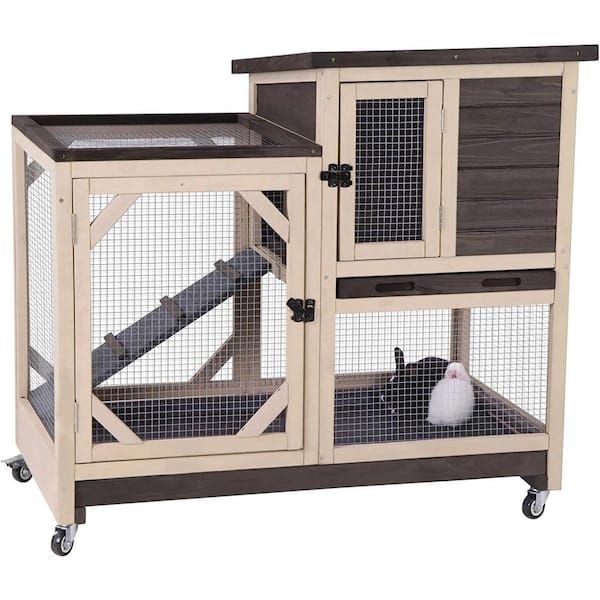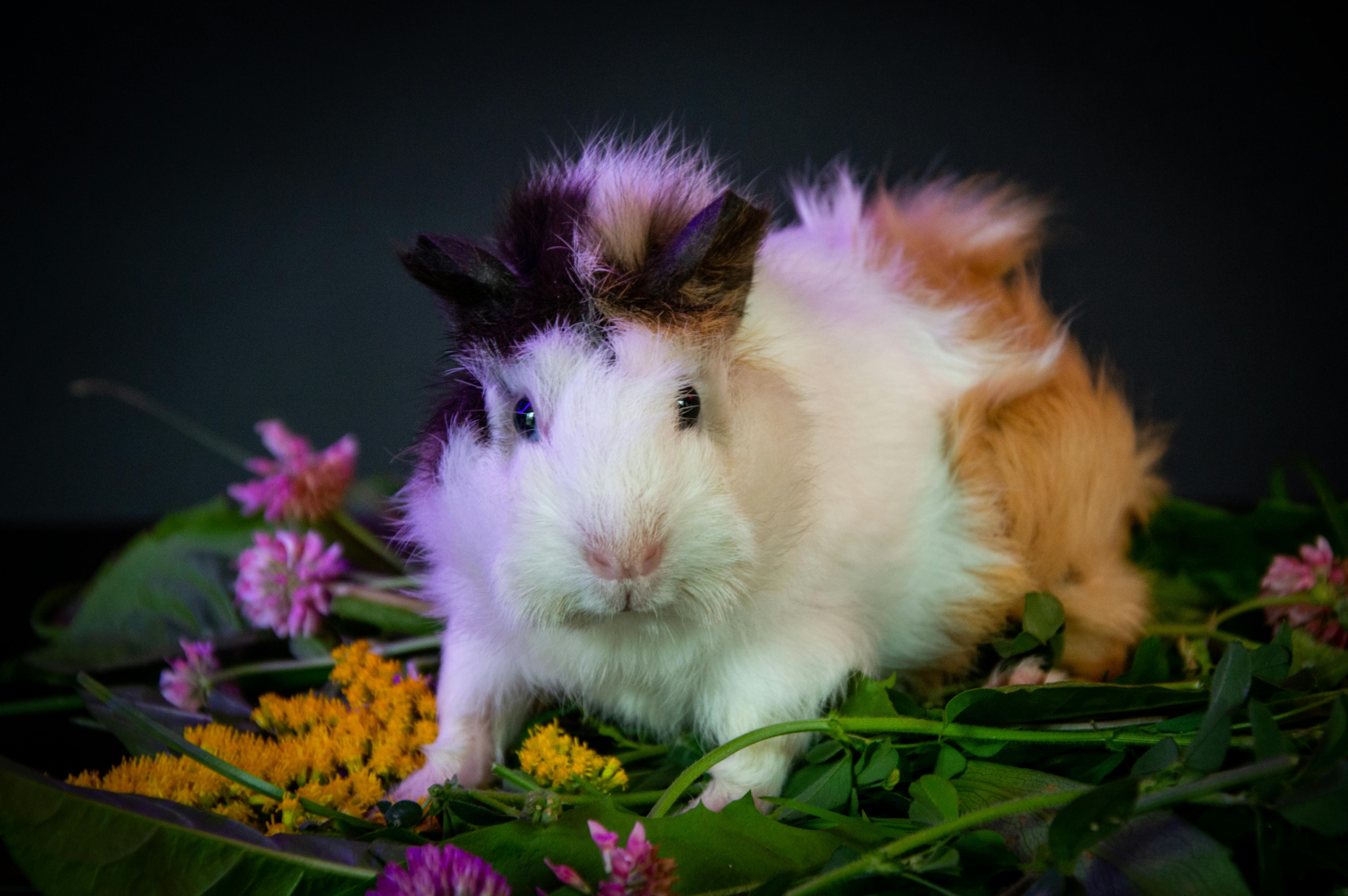
Best 5 Methods for Caring for Eastern Cottontail Rabbit in 2025
The eastern cottontail rabbit, renowned for its adaptability and charismatic features, plays a crucial role in the ecosystem. As more people become interested in wildlife conservation and responsible pet ownership, understanding how to care for these magnificent creatures becomes essential. This article examines the best methods to ensure the well-being of the eastern cottontail rabbit, focusing on its habitat, diet, behavior, and reproduction. By incorporating these practices, you can contribute positively to the cottontail's survival in the wild while enriching your understanding and appreciation of these fascinating rabbits.
Throughout the article, readers will learn about the essentials of cottontail habitat, dive deep into their unique feeding habits, explore their social structure, and discover vital insights into effective breeding and conservation strategies. The ultimate goal is to highlight the need for cottontail protection in light of habitat loss and human interaction.
The following sections will outline the critical areas of care required to support the eastern cottontail rabbit effectively, ensuring that they thrive in both urban and natural environments.
Essential Insights on Eastern Cottontail Habitats
Before we explore methods for caring for eastern cottontails, it's important to understand their natural habitats. These rabbits typically inhabit a variety of environments, from grasslands to forests and even suburban areas. An understanding of their habitat preferences helps in creating a suitable and safe space for them, whether in the wild or as pets.
Characteristics of Cottontail Habitat
The eastern cottontail prefers areas with dense vegetation that provides both shelter and food. They thrive in regions that offer a mix of brush, tall grass, and shrubs. These elements create ideal conditions for hiding from predators while allowing for easy access to crucial food sources—primarily tender grasses and leafy plants. Understanding these habitat characteristics is essential for anyone looking to support eastern cottontails in any environment.
Habitat Loss and Its Effects
In modern times, the eastern cottontail faces habitat loss due to urbanization and agricultural development. Conservationists highlight the significance of preserving natural areas to maintain stable rabbit populations. Implementing habitat restoration techniques can help mitigate these losses. Simple actions like planting native vegetation can create safe havens for cottontails, contributing positively to their habitat management.
Encouraging Cottontail Habitats in Your Yard
Creating a rabbit-friendly yard involves incorporating native plants and avoiding pesticides that could harm these creatures. Design your landscape to offer food sources and cover, such as brush piles, which serve as shelter. By fostering these elements, you not only enhance your outdoor space but also support local wildlife.
Understanding Cottontail Diet and Feeding Habits
Building on habitat understanding, the next step is learning about the cottontail's diet. The eastern cottontail has a herbivorous diet primarily consisting of grasses, clover, and leafy plants. Knowledge of their feeding habits is essential for ensuring their nutritive needs are met when caring for them.
Exploring Cottontail Food Sources
Eastern cottontails have diverse dietary preferences. They forage during dawn and dusk, feeding on tender green plants and fruits. Understanding which plants are suitable and nutritious for them helps in tailoring their diet. Avoiding non-native and harmful plants contributes to their health and well-being.
Feeding Strategies for Pet Cottontails
If you’re keeping cottontails in a controlled environment, offering a balanced diet is key. Providing fresh hay, commercial rabbit pellets, and a variety of vegetables ensures they receive necessary nutrients. It's important to introduce changes slowly to prevent digestive upset.
Common Mistakes in Cottontail Feeding
One critical mistake is over-reliance on only one food source. Diversifying their diet is essential for preventing health issues related to nutrient deficiencies. Understanding their dietary needs allows for more effective care routines and enhances their overall quality of life.
Cottontail Behavior Insights and Social Structure
With a foundational understanding of habitats and diet, it's vital to delve into cottontail behavior to enhance care. The eastern cottontail exhibits fascinating social structures and behaviors that can impact care strategies.
Understanding Cottontail Behavior Traits
Cottontails are known for their agility and skittish nature. Part of their character is their instinctual responses to avoid predators, like freezing in place or darting away. Understanding these behaviors can help predict their actions in various settings, which is crucial when considering rabbit safety.
Social Structures Among Cottontails
While generally solitary, eastern cottontails can be observed interacting in small groups during the breeding season. It's important to note their social interactions and potential hierarchy, as these factors can affect their stress levels and overall health.
Tracking Eastern Cottontails in the Wild
Wildlife enthusiasts often engage in rabbit tracking to study movements and behaviors. Observing the eastern cottontail in its natural habitat provides insights into its ecology, while also contributing to conservation efforts aimed at protecting this species from decline.
Breeding and Reproduction Insights for Eastern Cottontails
Next, an essential aspect of cottontail care involves understanding their breeding patterns. Knowledge of their reproduction will contribute to responsible breeding and conservation efforts.
Cottontail Breeding Season and Practices
The breeding season for eastern cottontails typically occurs from February to September. Females can give birth to multiple litters, each containing 3-12 young. Understanding this cycle allows for the anticipation of population fluctuations and the implementation of conservation measures to support their growth.
Rearing Young Cottontails
Successful rearing requires a safe environment, free from disturbances and predators. Providing the right nesting conditions is vital. Engaging with local wildlife organizations can supply resources for ethical practices of raising cottontails, especially in urban settings.
Challenges Facing Cottontail Populations
Challenges such as habitat loss, predation, and disease significantly impact cottontail populations. Effective conservation strategies must address these factors to improve their chances of survival. Community involvement and awareness programs promote cottontail protection initiatives and help safeguard their future.
Cottontail Conservation Strategies for 2025
Finally, embracing cottontail conservation is pivotal in ensuring their survival in our changing environments. By understanding the ecological roles they play and their plight, we can implement effective practices to promote their well-being.
Key Conservation Measures
Establishing wildlife corridors, restoring habitats, and engaging in community awareness campaigns can significantly bolster cottontail populations. Collaborating with local environmental organizations can maximize the effectiveness of these strategies.
Impacts of Urban Development on Cottontails
Urbanization poses unique challenges to cottontail survival, often fragmenting their habitats. It’s essential for city planners to consider wildlife-friendly developments that accommodate local fauna. Responsible urban planning can enhance the coexistence of eastern cottontails within human environments.
Engaging Communities in Cottontail Conservation
Education and community involvement are fundamental for effective conservation efforts. Teaching local communities about the ecological significance of the eastern cottontail fosters a culture of respect and protection for these animals and their habitats.

